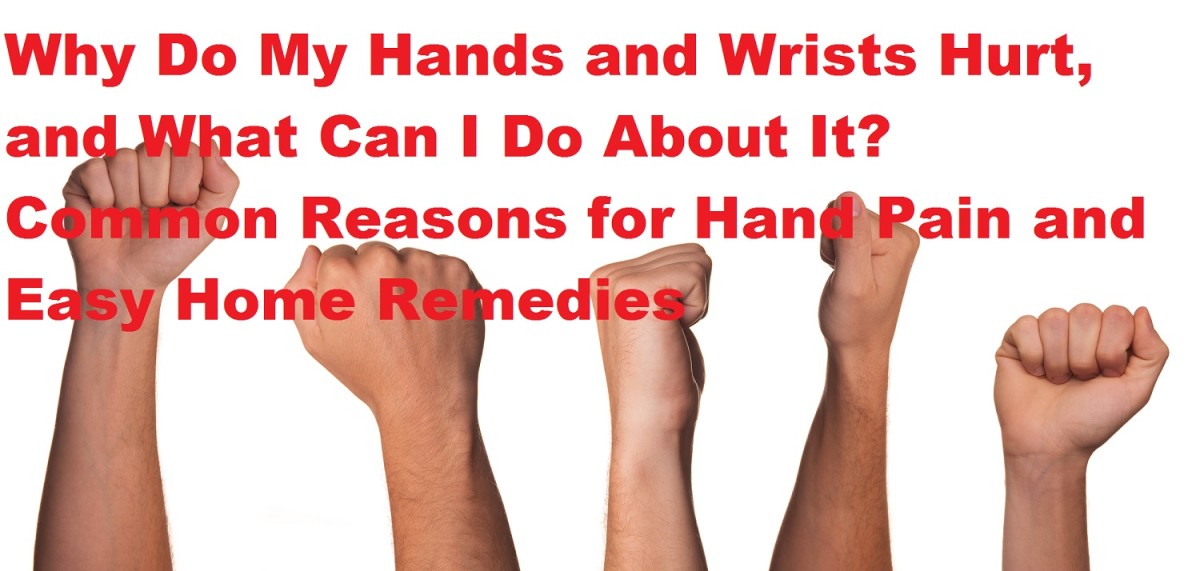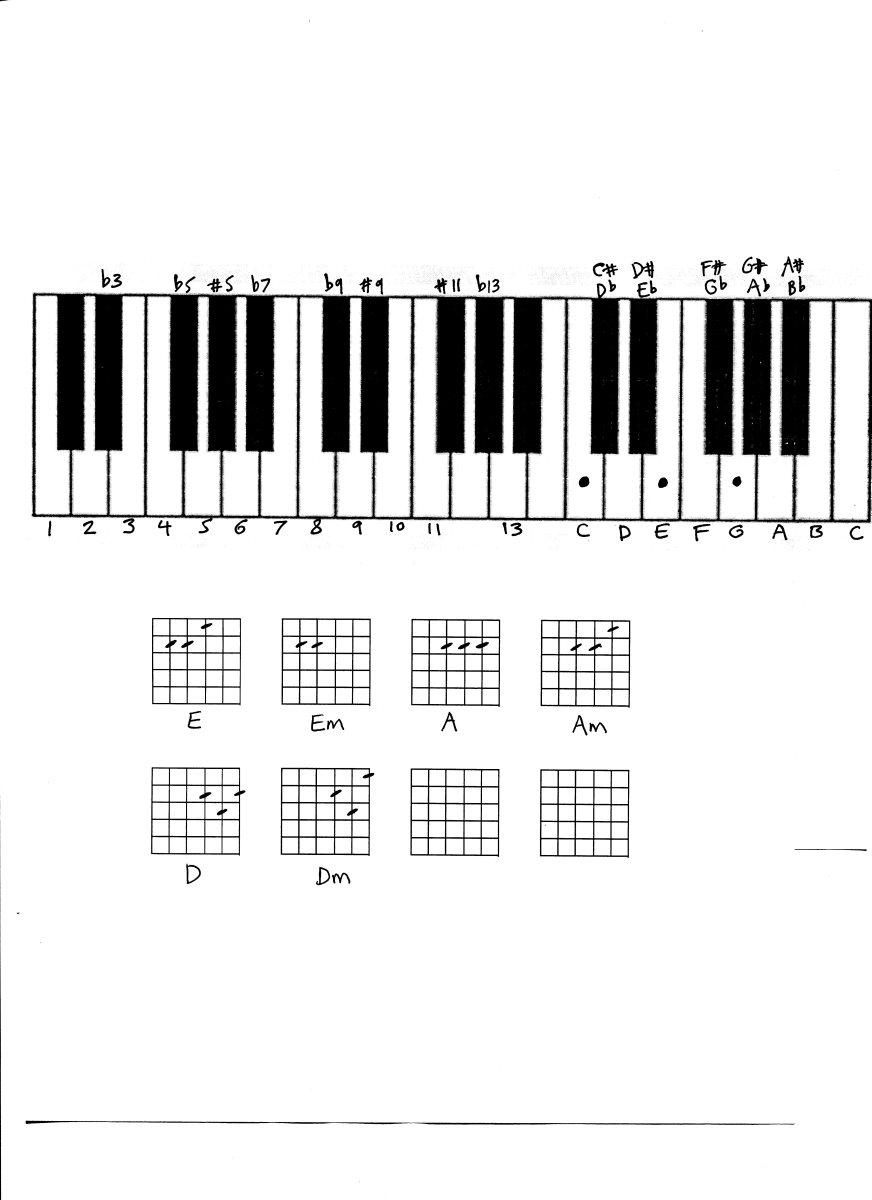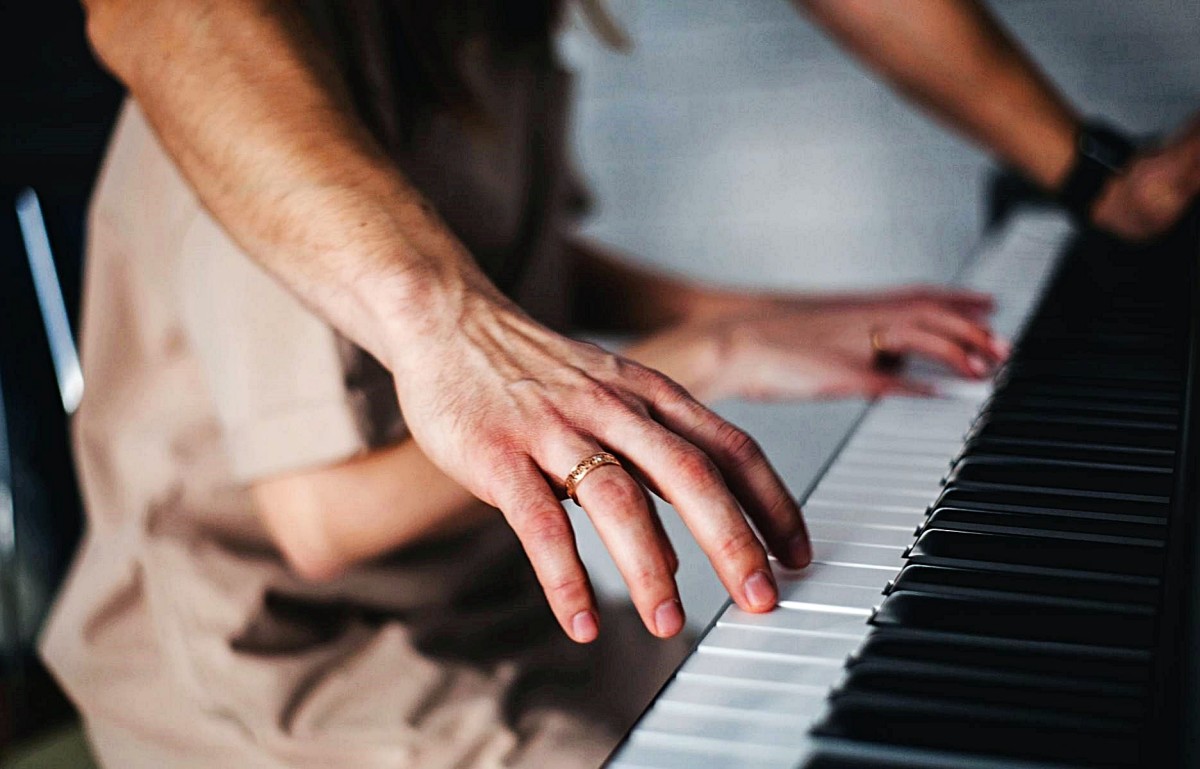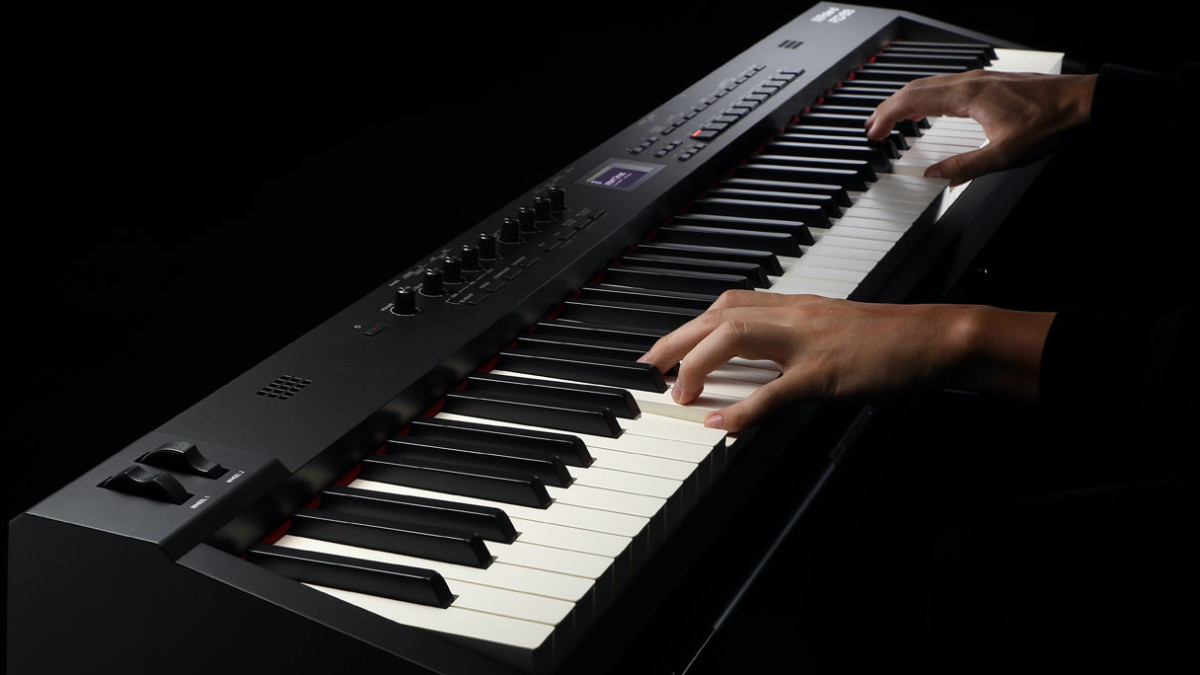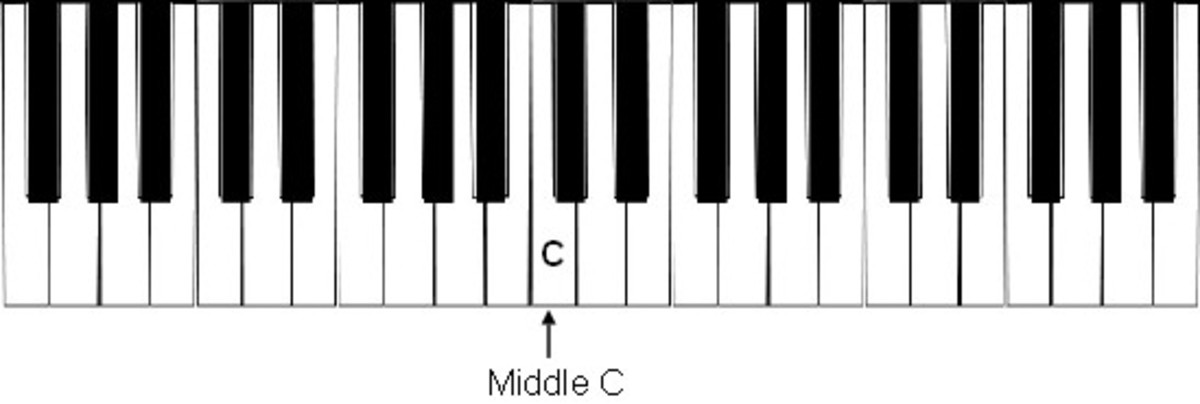Piano Technique to Reduce Fatigue

Do your hands or wrists tire easily when you play piano? Do they tend to hurt or feel sore after an extended period of time practicing? There are many piano players out there who end up getting arthritis or even carpal tunnel syndrome due to poor habits and techniques while playing. Many can be due to how their holding their hands, or how much tension they're using. Here's a list of tips that I've compiled that may help to prevent these from happening to you.
1. Keep your wrists slightly bent and supple - Some people like to relax their wrists too much and end up playing with their fingers up and their wrists all the way down, making a near 90 degree angle between their hands and their forearm. Doing this for a long period of time puts pressure on the nerves in your wrist and you can end up with carpal tunnel syndrome.
Keeping your wrists relaxed is a good technique because it allows you to transition easily from a light springy song, to a strong fortissimo song. By reducing tension in your wrists, it will also allow you to play longer without getting fatigued. The mistake is to over relax them. Don't let them go limp and flap onto the keys. Instead keep them straight but supple.
Fun Fact: For those who don't know, the carpal tunnel is a small passageway in the palm side of your wrist. Through this passageway runs a major nerve, and nine tendons used to bend your fingers. When you bend your wrist incorrectly you put constant pressure on it, which eventually causes 'numbness, pain and, eventually, hand weakness', aka carpal tunnel syndrome. (mayoclinic.com)

2. Don't put tension in your hands - While you're playing, try to keep yourself from flexing your hands. Some people feel that it is necessary to flex their hands into a position before pressing down on the keys. I'm not too sure why, but they do. Instead, while you are playing, just spread your fingers enough to press the proper keys. Don't overdo it and be lazy about it, but while you play do try to keep the tension down.
But just so you know what kind of tension i'm talking about lets try an example. Bring your hands up in front of you with the palms of your hands faced forward and the back of your hands faced backwards towards you. Now do your best impression of a monster's claws. There! That's the tension I'm talking about.
So you can use your hand muscles to help coordinate the muscles in your hand, but try not to tense them.
Amazon Recommendations
3. Let gravity help you - When I was younger I got to learn one Chopin's powerful songs "Military Polonaise." I remember at the time my teacher would always say, "Put more muscle into it!" Being a rather small child it was pretty difficult trying to add more muscle to a song when I really had no more to give. Then my teacher gave me some great advice; she made me stand.
By standing not only could I use my muscles, but I now had the use of my entire body to help strengthen the song. I admit, it was probably interesting having to see me stand up during my recital to play the song but using gravity is a great way to add strength to a song and play for long periods of time without using up your arm muscles. Now that I'm grown of course I don't have to stand now that I have the use of a heavier upper body, but you don't even need that.
If you're playing a lighter song, or one that doesn't require much power, you can use gravity to your advantage by letting it press down the key for you. By letting gravity press your hand (controlled press for dynamics) onto the keys for you, as you get used to it it will allow you to be able to play faster and for a longer period of time without getting fatigued.
These are just a few tips that will help you better your technique and allow you to play piano stronger and longer without fear of putting damage on your wrists or hands. If you continue to feel pain in your wrists or other areas while you play, the best thing you really can do is just to stop and take a break until the pain or discomfort has gone away. Depending on the severity you might end up not playing for a few days, but you don't want to do anything that will cause permanent damage.
So when you go practice piano keep these tips in mind: keep your wrists straight but supple, don't put tension in your hands, and let gravity help you. Happy playing!


